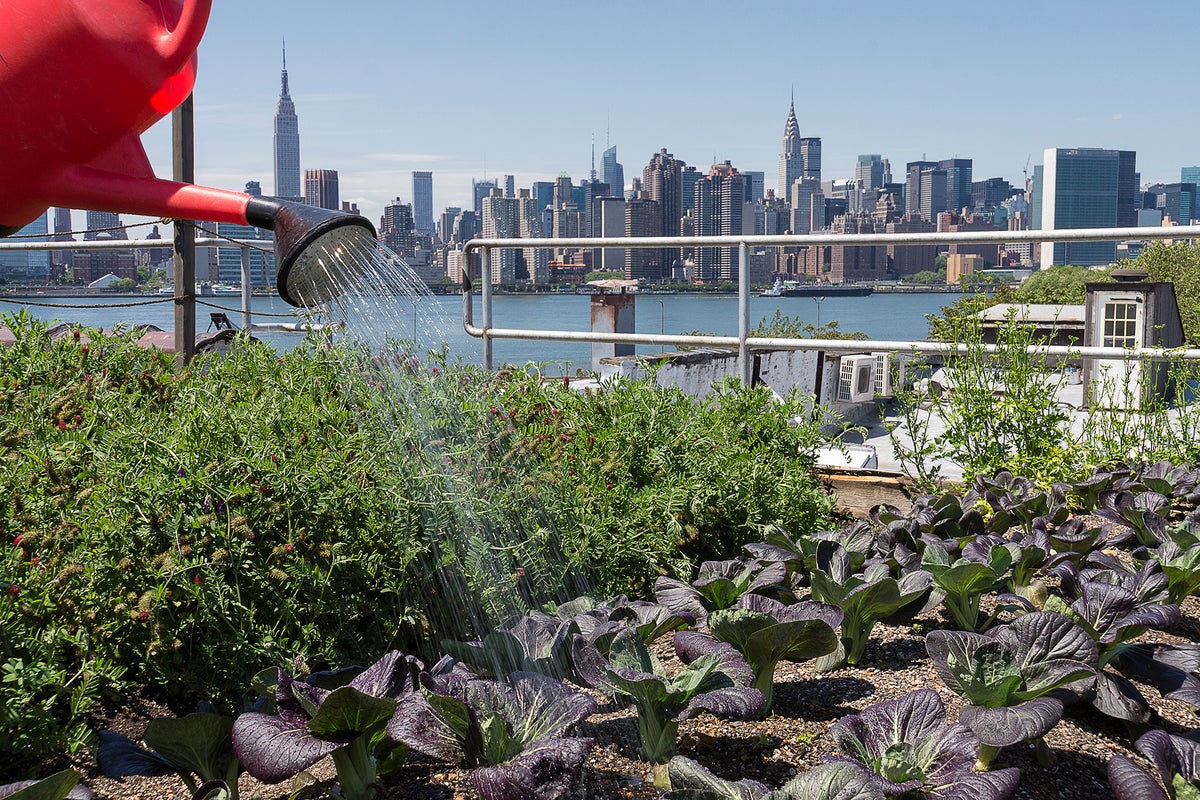10 Easy Facts About City Blooming Explained
10 Easy Facts About City Blooming Explained
Blog Article
Indicators on City Blooming You Need To Know
Table of ContentsThe City Blooming DiariesNot known Details About City Blooming Get This Report about City BloomingThe Best Guide To City BloomingFascination About City Blooming
Intrigued in growing food available in the City of Chicago? Considering beginning a community garden? Modifications to the Chicago Zoning Regulation allow agricultural uses like neighborhood gardens and urban farms in several components of the city. Below is a checklist of often asked questions pertaining to the rules and guidelines that cultivators should consider when planning a metropolitan agriculture project.
The zoning change does not customize any kind of other codes managing composting, structure licenses, acquiring or leasing City owned property, business licenses or ecological contamination. There are existing codes that control these problems and they remain in full impact and may apply to your job. Community yards are typically had or taken care of by public entities, public companies or community-based companies and preserved by volunteers.
Urban ranches grow food that is intended to be marketed, either on a nonprofit or for-profit basis. Due to their business purpose, urban ranches call for an organization license.
Fascination About City Blooming
The quantity of compost material can not exceed 25 cubic backyards at any kind of provided time according to the criteria in 7-28-715 of the City's Municipal Code. Because the dirt at many new garden sites requires amending, compost, dirt, timber chips, or other materials can be gotten to construct or improve the expanding space.

If a structure license is required after that the hoophouse will be thought about an accessory structure. You can figure out even more regarding the structure license demands by calling the Division of Buildings. The 25,000-square-foot dimension limit is meant to avoid a solitary area garden from controling an offered block or taking away from the block's existing property or industrial character.
The limit does not apply to yards located in Public Open Room (POS) areas. Can there be more than one community yard that is 25,000 square feet on a single block? Secure fencing is not required, nevertheless, gardens that have huge vehicle parking locations may be called for to install secure fencing or other landscaping attributes.
The Facts About City Blooming Uncovered
B1 & B2 areas require that all commercial use activities be conducted inside your home. R areas limit industrial task. The policies reflect the purpose and intent of the Zoning Code. Is secure fencing required for urban farms? Yes. Fencings might be needed, together with landscaping and screening, for specific vehicle parking locations and outside work or storage space areas depending upon area and the specific task taking location.
Yes. Urban ranches call for building licenses and zoning approvals before building. Other forms of city review next may be required depending on certain structures, activities, dimension, landscape design, licensing, public heath and stormwater administration problems. A lot of these requirements are identified in the task layout or allowing procedure, nevertheless, the applicant might be liable to individually identify details licenses or allows that may be required.
The Department of Organization Affairs and Consumer Protection can aid identify the details type of business license that's needed. Off road vehicle parking is required for most commercial jobs in Chicago. The required number of car park rooms is based on the number of workers working on site and not the square video footage of the expanding area.
Some Known Details About City Blooming

A city farm can sell compost material created on website, however, the procedure needs to abide with the laws in 7-28-715 of the Chicago Municipal Code. Aquaponic systems are enabled inside your home on metropolitan farms in lots of zoning districts.
As much as five hives or swarms of honey may be maintained as an accessory usage. However, beekeepers have to sign up with the Illinois Division of Farming. For more details concerning the proposed zoning amendment you might call the Division of Real Estate and Economic Advancement, Bureau of Planning and Zoning at 312.744.8563.
Farming in cities and city areas A city farm in Chicago. Urban agriculture describes numerous methods of growing. https://giphy.com/channel/cityblooming, handling, and distributing food in metropolitan areas. The term additionally puts on the area activities of animal husbandry, aquaculture, beekeeping, and cultivation in a metropolitan context. Urban farming is differentiated from peri-urban agriculture, which takes place in backwoods beside suburban areas.
City Blooming Can Be Fun For Everyone
, who seek to form social networks established on a shared ethos of nature and area holism. These networks can develop by method of official institutional assistance, becoming incorporated right into neighborhood town preparation as a "change community" activity for lasting metropolitan development.
The much more straight accessibility to fresh vegetable, fruit, and meat products that might be know with urban agriculture can improve food security and food safety and security while lowering food miles, bring about lower greenhouse gas emissions, thereby adding to environment modification reduction. Some of the first evidence of city agriculture comes from Mesopotamia.
Report this page